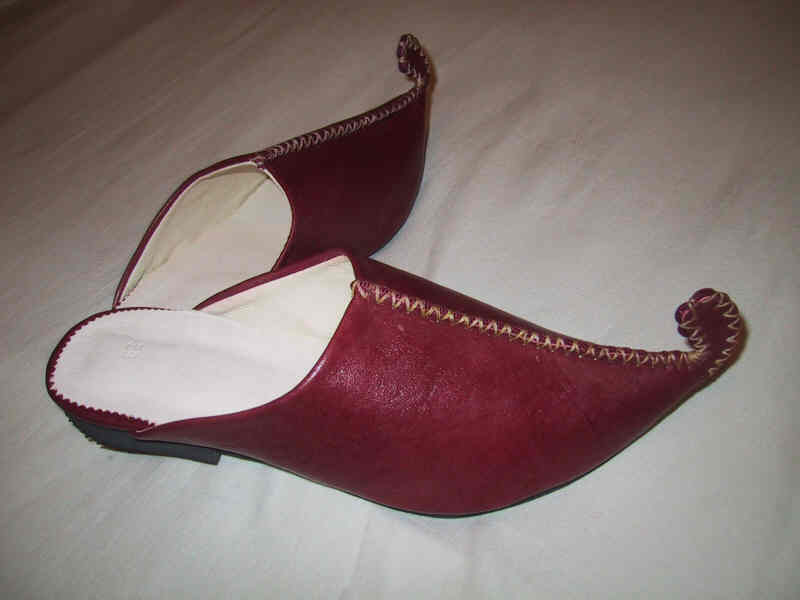Clothing and footwear sales increase over review period

Apparel sales increased strongly over the review period – a performance which highlights how the area is in a period of transition characterised by the introduction of new brands and changing consumer preferences. In fact, an increasing number of Moroccans are allocating a higher portion of their budgets to the purchasing of clothes. Moreover, Moroccans are becoming increasingly interested in fashion due to the impact of the media. In response to rising consumer expectations, producers are focussing on offering a wider range of higher quality products. The development of new distribution channels and introduction of new brands will help to boost apparel sales over the coming years and there is still scope for significant growth within the area.
Entry of new players
 Many brands have recently opened stores in major cities (eg Bershka & Pull & Bearin in Casablanca, Celio and Springfield in Fes). In addition, Marwa and Planet Sport also opened new stores all over the country, especially in small cities. Private label brands have also expanded their activities by opening new supermarkets in cities far from the capital such as Khouribga, Beni mellal and Saïdia.
Many brands have recently opened stores in major cities (eg Bershka & Pull & Bearin in Casablanca, Celio and Springfield in Fes). In addition, Marwa and Planet Sport also opened new stores all over the country, especially in small cities. Private label brands have also expanded their activities by opening new supermarkets in cities far from the capital such as Khouribga, Beni mellal and Saïdia.Area remains fragmented but foreign chains growing in importance
Zara leads sales within the medium price segment in Morocco, with the company’s products seen as being fashionable and of good quality. Marwa has also been able to gain share rapidly due to its strong positioning. The brand offers products that are similar to those of Zara and which are in-line with current trends at a relatively low price. However, the entry of H&M in Morocco will significantly affect the competitive environment within apparel over the coming years.
Mall culture on the rise
During the review period, there was a major change in consumer fashion purchasing habits and a significant rise in the number of available brands. In 2005, the first mall in Morocco opened its doors in Rabat, offering more than 100 stores and a leisure area (bowling, a skating rink, some food and beverage stores, cafes and a playground for children). In 2010, a second mall opened in Marrakech under the name “Al Mazar”. In addition, Aksal Group announced the future opening of Morocco Mall, which is expected to open its doors in October 2011.
American brands expected to strengthen their position
Many American brands are expected to enter apparel in 2012 due to the free trade agreement signed between Morocco and the US. This development might result in a switch in consumer tastes, which are currently mainly influenced by European Fashion standards. In addition, Moroccans are becoming attracted by fashion at an earlier age and this trend is expected to continue over the coming years.
Samples (FAQs about samples):
Sample Apparel Market Research Report
Sample Apparel Data
Delivery: Files are delivered directly into your account within a few minutes of purchase.
Overview
Discover the latest market trends and uncover sources of future market growth for the Apparel industry in Morocco with research from Euromonitor's team of in-country analysts.
Find hidden opportunities in the most current research data available, understand competitive threats with our detailed market analysis, and plan your corporate strategy with our expert qualitative analysis and growth projections.
If you're in the Apparel industry in Morocco, our research will save you time and money while empowering you to make informed, profitable decisions.
The Apparel in Morocco market research report includes:
Analysis of key supply-side and demand trends
Detailed segmentation of international and local products
Historic volumes and values, company and brand market shares
Five year forecasts of market trends and market growth
Robust and transparent market research methodology, conducted in-country
Our market research reports answer questions such as:
What is the market size of Apparel in Morocco?
What are the major brands in Morocco?
How dynamic is the growth of clothing and footwear internet sales?
What is the performance of women’s clothing vs men’s clothing?
What % of clothing and footwear sales goes through grocery retailers?
Why buy this report?
Gain competitive intelligence about market leaders
Track key industry trends, opportunities and threats
Inform your marketing, brand, strategy and market development, sales and supply functions
This industry report originates from Passport, our Clothing and Footwear market research database.
morocco culture,moroccan food,morocco food,moroccan cuisine,morocco beaches,moroccan meal,beaches in morocco,moroccan culture,hercules cave,hercules cave morocco
















